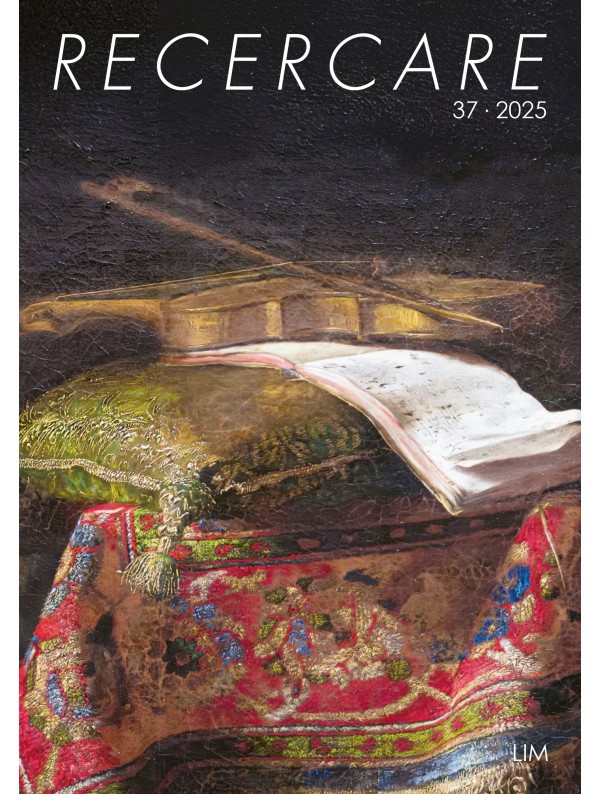Una sconosciuta fonte dell’Orontea di Antonio Cesti. Con alcune considerazioni sulla tradizione testuale e musicale
Abstract
The article examines a newly discovered manuscript source of Antonio Cesti’s opera Orontea, recently identified in the Library of the Conservatory in Genoa. Premiered in 1656 at the Innsbruck court theatre, Orontea represents a rare example of longevity within the Italian operatic repertoire of the midseventeenth century, as evidenced by its widespread circulation in major Italian cities and the substantial number of surviving manuscript and printed sources. The identification of the Genoese manuscript — analyzed here for the first time — enriches our understanding of Orontea’s textual and musical transmission, revealing features that position it as an intermediate branch between the two previously recognized lines of tradition: the Pepys manuscript held in Cambridge, and the so-called ‘Italian scores’. The article also offers a critical reconstruction of the opera’s complex transmission history, through a systematic comparison of librettos and manuscript sources, shedding light on the adaptive practices that shaped its various stagings between 1656 and 1674.
The analysis of the Genoese manuscript identifies specific textual, structural, and musical variants — such as divergent solutions in instrumental ritornellos and scene distribution — that suggest the existence of a third branch within Orontea’s manuscript tradition. The discovery of this new source significantly enhances our understanding of the opera’s historical reception and transmission, providing valuable material for future research and for the preparation of a longawaited critical edition of one of the most celebrated and enduring works of seventeenth-century Italian musical theatre.





